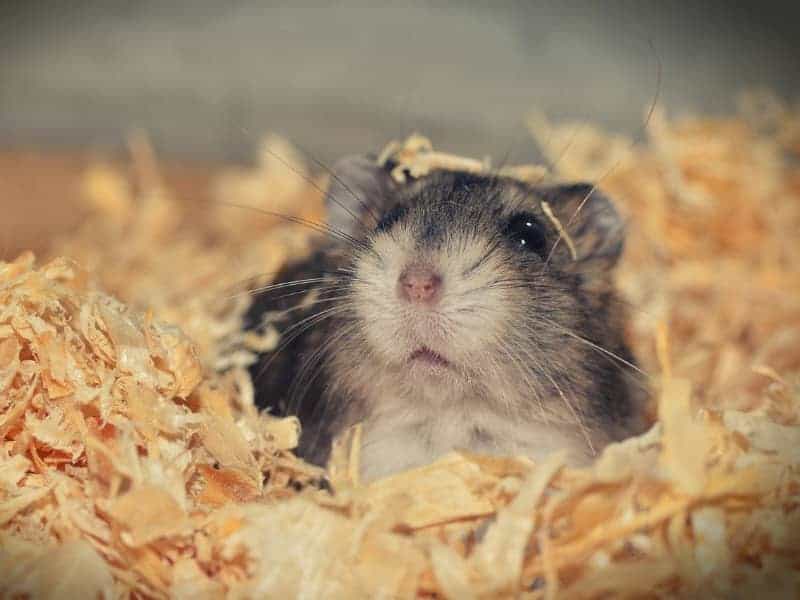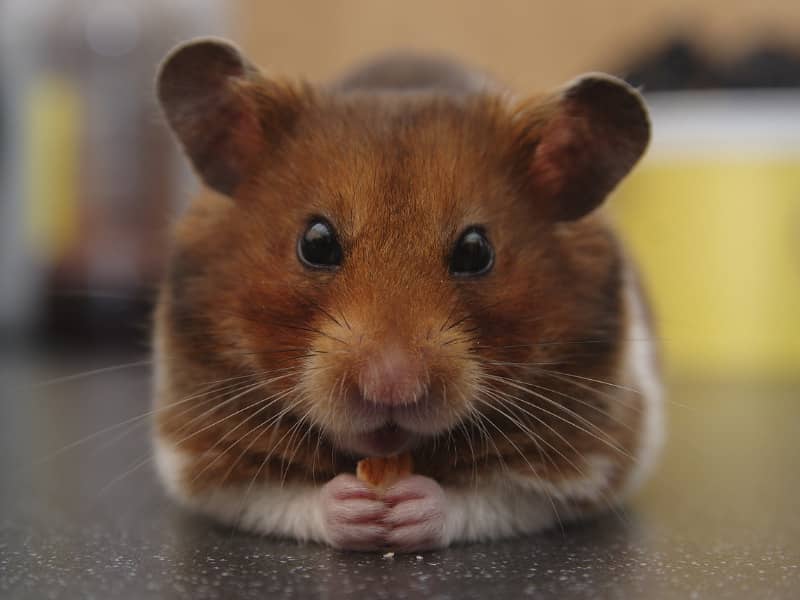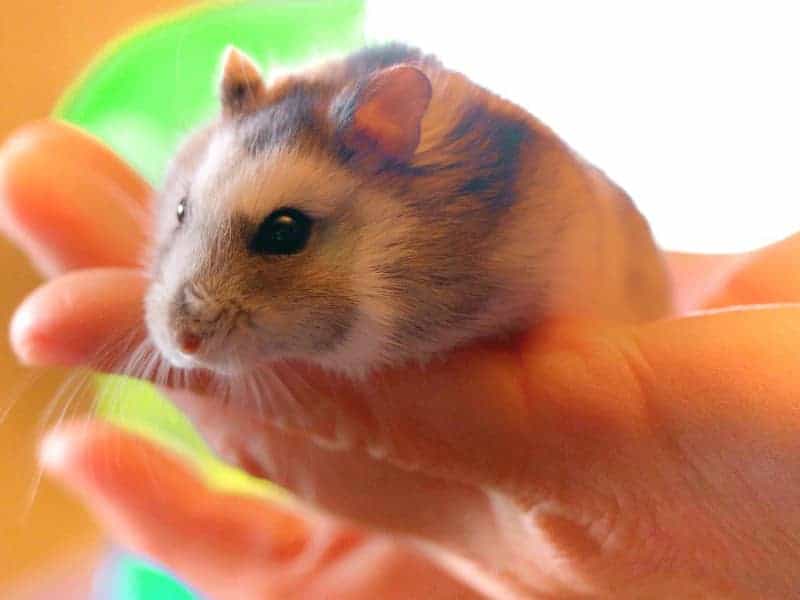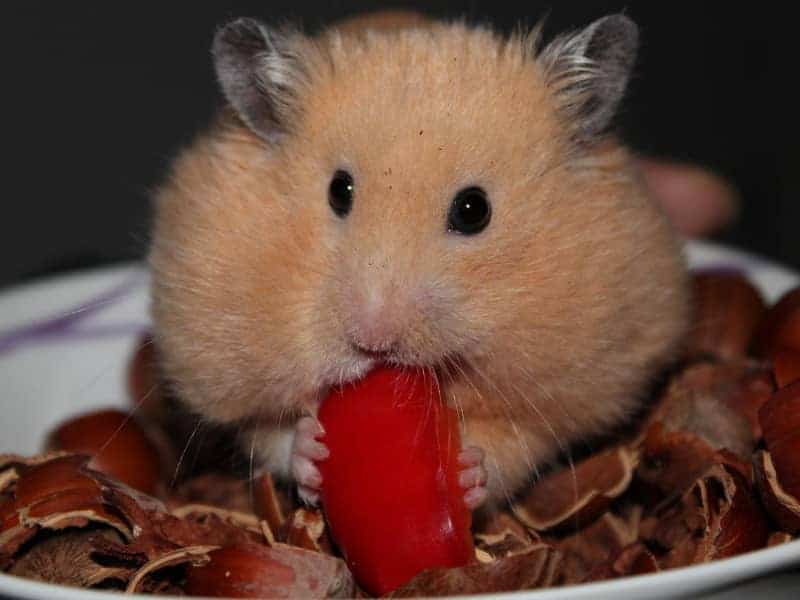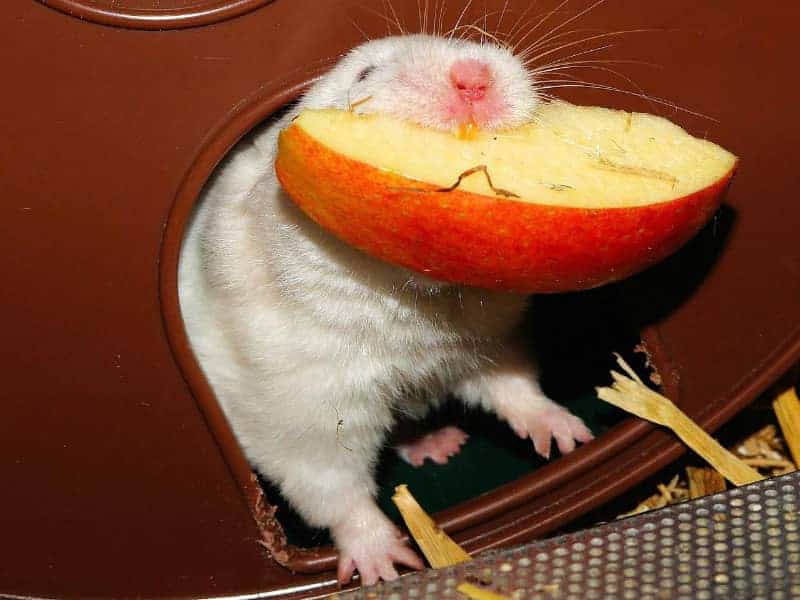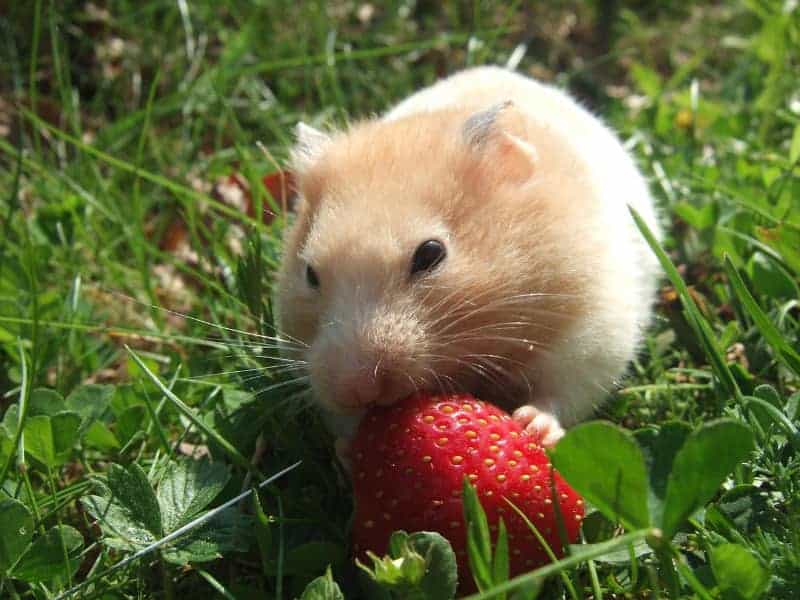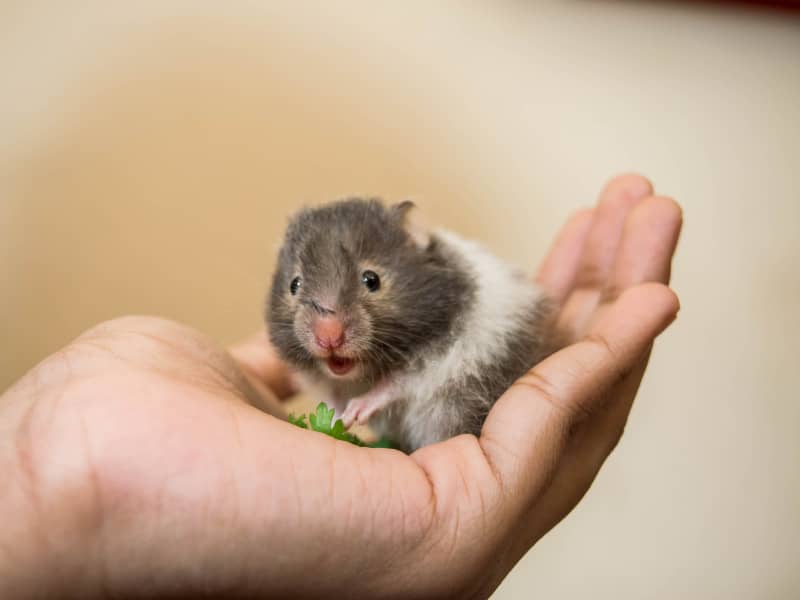
Are hamsters allowed to eat lettuce?
Yes, your hamster may eat lettuce. A hamster will eat lettuce or thin-leaved grasses even in the wild. Therefore, lettuce is a food for the hamster that can be fed without hesitation. However, as with any food, there are some things you should keep in mind when feeding it. These include the differences in types of lettuce and, of course, the amount. What you have to consider, you will learn from us.
Do hamsters like lettuce?
The lettuce that is offered in our trade, a hamster will rarely find in the wild. However, the hamster is an omnivore and feeds on seeds, insects, fruits, vegetables and also plants. These plants include the different varieties of lettuce. Hamsters almost always like to eat lettuce, but you should not forget that many hamsters do not know what amount is good for them.
Too much of the inherently healthy lettuce can have consequences for your hamster. The reason for this is the high water content in many types of lettuce. If the hamster eats too much lettuce, this can lead to abdominal pain, flatulence and diarrhea in your pet. Therefore, you should feed lettuce in quantities that are safe for your hamster.
How to feed your hamster salad
If your hamster has never eaten lettuce before, then you should pay close attention to what your hamster does with the lettuce. Smell it and try a little bit of it, he will most likely do that. There is hardly a hamster or hamster breed that does not like lettuce. It is important to make sure that the lettuce is not cold.
So never take the lettuce out of the refrigerator and offer it to the hamster. Salad should be at room temperature or at the temperature of the environment in which your hamster lives. Again, if the salad is too cold, it can cause discomfort and abdominal pain. You should also make sure that the lettuce ideally comes from organic farming.
If this is not possible, then wash the lettuce well so that any pesticides adhering to the lettuce are washed off. The amount of lettuce you offer is crucial to whether your hamster feels comfortable after eating it. Here you should make sure that the first time you offer the piece of lettuce is about the size of your hamster's head.
If your hamster eats the salad immediately, then everything is good for now. However, you should observe your animal, whether it behaves possibly conspicuous. Do not worry, this almost never happens. Possible symptoms are abdominal pain, which you unfortunately do not see or diarrhea, should your hamster get diarrhea, then offer him only dry food for the time being, so that the stool normalizes again.
If the diarrhea persists and your hamster exhibits apathetic behavior, see a veterinarian immediately to have your hamster examined and cared for. Some hamsters also hide the lettuce in their enclosure. Here you should check the enclosure and if necessary remove the lettuce before it goes bad.
How often can a hamster eat lettuce?
Here, of course, it depends on how well your hamster tolerates lettuce. If he is a lettuce leaf the size of his head without reacting abnormally to it, then you can give him such a piece three to four times a week without any problems. However, you should note that so far you are talking only about normal leaf lettuce. Here there are differences between lettuce varieties.
We will go into more detail about these varieties later. If you only give your hamster lettuce once or twice a week, or even less, then the portions can be somewhat larger. So you can easily feed double the ration if you only offer lettuce once a week. But again, pay attention to how your hamster reacts to the large portion of lettuce.
Are all hamster breeds allowed to eat lettuce?
Yes, all breeds of hamsters can eat lettuce. As we have said several times now, the quantity is the key to hamster happiness. Therefore, follow the rule that a dwarf hamster may also eat only the amount of lettuce that corresponds to its head size. So chop up a lettuce leaf so that it is approximately the size of the hamster's head. So you start the feeding and observe your animal.
At a later point in time and with good tolerance, you can gradually increase the amount up to twice the original amount of lettuce. According to our experience, this is an easy to understand and safe amount for your animal.
Is lettuce suitable as an attractant for the hamster?
For some hamsters, the lettuce will certainly work as an attractant. However, if your hamster is new to you, we recommend patience as a priority. Nevertheless, lettuce can be used as an attractant for such an animal. To do this, place a small piece of lettuce on your fingertips and hold your hand out flat to your hamster.
This offer and attract will not work immediately with every hamster. But the animals are very curious and a tasty food will not remain unnoticed for long. In the foreseeable future, the hamster will at least curiously go near your hand and sniff it. The next step will be that he takes the lettuce leaf from your hand and then moves to safety.
In the next step you can put the lettuce leaf a little further back on your hand and after a while the hamster will at least climb onto your hand with its front feet to reach the lettuce leaf. This way you make your animal more and more trustful and one day it will sit on your hand and eat the lettuce there.
Every day salad for the hamster?
No, every day salad for the hamster would not be good for him. Although the many minerals that are in a salad are good for your animal, a negative aspect is the high water content. For many animals a daily portion of salad would lead to diarrhea or at least cause an upset stomach. Therefore, you should offer lettuce a maximum of 3-4 days a week.
What types of lettuce hamsters can eat?
Normal leaf lettuce and varieties such as romaine lettuce, iceberg lettuce and lamb's lettuce can be eaten by hamsters several times a week without any problems. Despite the high water content of around 95 %, this is possible without any problems if the feeding quantity remains within acceptable limits. Should you want to try a new type of lettuce with your animal, then the rule we mentioned at the beginning applies again.
Observe your animal closely how it reacts to the lettuce. Because some animals, especially dwarf hamsters react differently to the different types of lettuce. Have you made good experiences with a certain variety such as lettuce, then that does not mean that an iceberg lettuce or lamb's lettuce is also well tolerated. To 99 %, there will be no problems, but unobserved you should not leave your animal.
How healthy is the salad for the hamster?
If you give your hamster the recommended feeding amount, lettuce is an excellent source of nutrients for your pet. In a head of lettuce are the following vitamins and minerals:
- Vitamin A
- Vitamin C
- Vitamin K
- Potassium
- Magnesium
- Folic acid
- Calcium
Besides the vitamins and minerals, of course, some nutrients are also present, these are:
- Fat: 0.1 g
- Protein: 1 g
- Carbohydrates: 2 g
- Dietary fiber: 1.5 g
As you can see, there is an extraordinary amount of fiber and protein in lettuce for a vegetable. Especially the fiber is a logical reason to offer salad regularly. But the various vitamins and minerals are also part of a healthy diet. Since salad is well tolerated by almost all hamsters, we can only come to the conclusion: Yes, hamsters may and should eat salad regularly.
Author

-
Garden animal - A life with nature
Welcome to my animal blog! My name is Dirk and I am happy to take you on my journey through the fascinating world of animals and gardening.
Born 54 years ago, I have had an insatiable curiosity for the animal world around me since childhood. Although I have moved professionally in other industries, my true passion has always been animals and nature. It is remarkable how a small garden has become such an important part of my life.
Many of my fondest memories are associated with the animals that share our home. Whether it's the curious squirrels that scurry across the trees in the morning, the colorful variety of birds that visit our feeders, or the busy bees and butterflies that pollinate our flowers, every moment with them is invaluable to me.
This blog is my contribution to share my experiences, discoveries and insights with like-minded people. Here I will share stories of unforgettable encounters with animals, give tips on gardening and creating wildlife-friendly habitats, and take you on my journeys through nature.
Thank you so much for being here!
Cordial,
Dirk aka garden animal
Last posts
- 27. February 2024PetsVeganes Hundefutter – Grün und Gesund?
- 18. January 2024ChickensOregano für Hühner
- November 27, 2023HamsterDiurnal hamsters
- November 24, 2023HamsterHamster hammock

